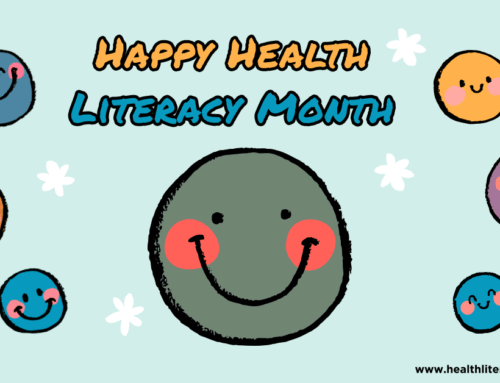Public health is as old as civilization. As soon as people began to live together in settled places and formed agriculture-based societies, they realized that to avoid spreading illness throughout the community, they needed to have a source of clean water and a way to dispose of waste – and we still have these same basic needs today, even if the technology for that is somewhat different. The Black Plague ravaged populations across Asia and Europe multiple times through the middle ages and shaped the direction of medical knowledge, becoming based more on observable conditions than had been the custom. For example, the first quarantine was established in the fourteenth century and became routine in the centuries that followed because doctors realized that the disease was contagious. Plague doctors wore masks to limit their exposure to the disease while they treated patients. Outbreaks in the following centuries were understood to be caused by the breakdown of quarantine barriers. As populations continued to grow and economies changed throughout the following centuries, additional concerns were added to the scope of public health. During the Industrial Revolution, as more people crowded into cities to work in factories, workplace safety became another issue for public health to address, as well as environmental issues such as pollution and food safety.
Public Health in the United States actually dates back to the beginning of the country, when Congress established the Marine Hospital Service in 1798, which triggered the development of a network of hospitals in port cities to care for seamen, who were vital to the economic development of the new country. The first health department in the U.S. was the Boston Board of Health, created in 1799 in Boston, Massachusetts to fight a potential cholera outbreak. Paul Revere was the first health officer. In the mid-nineteenth century, Massachusetts legislator Lemuel Shattuck developed an organized system to record vital statistics. Along with birth, death, and marriage information, he also collected health data including records of immunizations, and behavioral factors such as the use of tobacco and alcohol. With that information he designed the first public health survey which he published with 50 recommendations for public health agencies, many of which have become regular components of public health practice. The recording of vital statistics and collection of health data supports public health in tracking patterns of life expectancy and causes of mortality which helps public health officials understand where best to utilize resources to help their local communities.
The World Health Organization defines health as a state of physical, mental, and social well-being that is not simply the absence of disease. The goal of public health is to promote and protect the health of all people and communities wherever they live, learn, work, and play (from the American Public Health Association). The focus of public health is on addressing the causes of illness and injury before they affect the individual. Also part of public health is looking at patterns of illness and injury in order to determine how best to reduce the impact of those. Public health is complex and it takes people from multiple disciplines working together to ensure everyone can live their healthiest lives. Many factors influence health issues and therefore cannot be solved through a single solution.
Preventing and managing disease and injury are important to quality of life for individuals and communities, and also vital to a healthy economy. According to the Centers for Disease Control and Prevention (CDC), managing chronic disease and mental health account for 90% of current health care spending in the U.S. Additionally, loss of productivity due to absenteeism from poor health accounts for billions of dollars across the overall economy, even more when work-related injuries are included. Many of these conditions and injuries are preventable.
Multiple roles are included in public health. NCHD is comprised of a wide array of public health professionals including a medical director, nurses, environmental health specialists, community health workers, deputy registrars, and health educators. We provide over 50 programs including reproductive health, immunizations, food safety, water safety, tracking animal-borne diseases such as rabies, connecting residents to community resources, the WIC program, tobacco education and cessation resources, school-based oral health services, communicable disease investigation, and vital records.
However, NCHD does not do public health alone. There are also numerous people outside the health department that contribute to public health, from medical providers, environmentalists, emergency responders, as well as people we might not consider part of a “healthcare” setting. Just one example is from the effort to lower the number of deaths from motor vehicle crashes in the U.S. Efforts in place include educating people about safe driving, enacting laws around seat belt use and speeding, and improving the design of motor vehicles and car seats for child passengers (as well as education about the proper use of child safety seats). Each of these strategies address the same issue – high numbers of motor vehicle crash fatalities – from different angles. It takes public health, government, law enforcement, and technology to reach the same goal – reducing fatalities from car crashes.
When public health engages with communities to understand what needs are not being met, and is able to advocate for and provide programs that improve the physical and mental health of all people, the entire community benefits.





